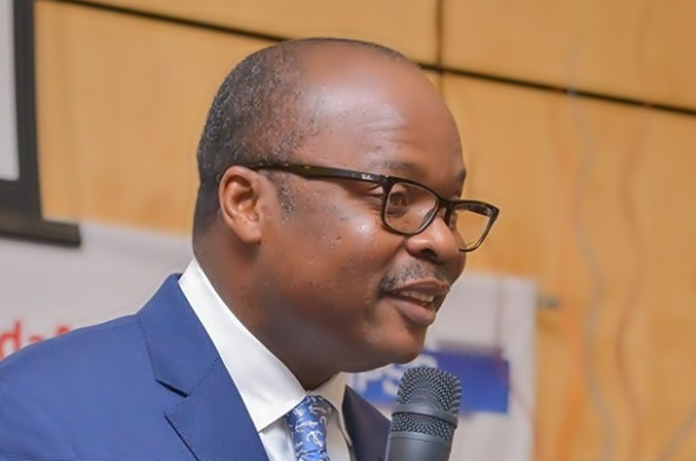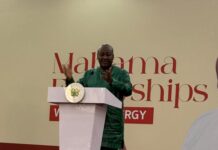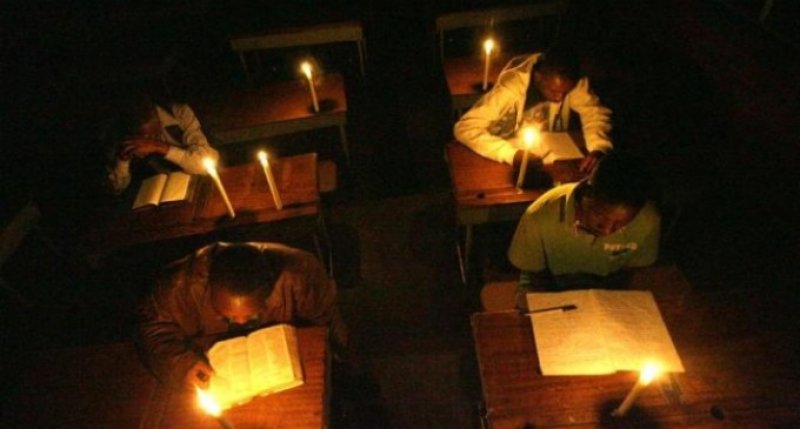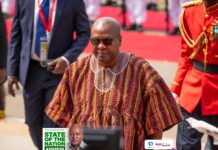
The Bank of Ghana (BoG) has for the fourth time
maintained the Monetary Policy Rate at 16% as it continues to monitor
developments within the economy.
The Governor of the central bank Dr. Ernest Addison, justifying the decision of
the Monetary Policy Committee, however observed that the pace of disinflation
slowed within the quarter, which he attributed largely to pressures coming
mainly from the recent upward adjustment of utility tariffs, ex-pump prices and
transport fares.
The Committee also raised concern about the current fiscal situation, and the
need to strengthen efforts to close the deficit gap.
“The Committee was concerned about the continued revenue weakness which
requires expenditure adjustments to contain a larger than projected budget
deficit. This will help underpin investor confidence in the Ghanaian economy
and reduce the burden on monetary policy.”
The Monetary Policy Committee pointed out that growth has remained strong and
the momentum sustained since last year driven by strong growth in the
communication, mining and real estate sectors.
It also noted that Gross International Reserves (GIR) increased by US$1.2
billion to US$8.2 billion (equivalent to 4.1 months of import cover) as at end
August 2019 from US$7.0 billion (equivalent to 3.6 months of import cover) at
the end of December 2018.
Banking Sector
Dr. Ernest Addison also touted the “marked improvement” brought by the recent
banking sector reforms.
For instance, he said, prior to the reforms in August 2017, total assets of the
then 36 banks were GH¢89.1 billion. Two years after the central bank’s reforms,
the remaining 23 can boast of total assets of GH¢115.2 billion at end August
2019.
Dr. Addison said in the same direction, total deposits have improved from
GH¢55.7 billion to GH¢76.0 billion over the same comparative period.
Public Debt
Meanwhile, Ghana’s public debt stock has risen to 59.4 percent of GDP (GH¢205.6
billion) at the end of July 2019 compared with 5 53.1 percent of GDP (GH¢159.7
billion) at the end of July 2018.
“Of the total debt stock, domestic debt was GH¢98.4 billion (28.4 percent of
GDP), of which GH¢10.7 billion (3.1 percent of GDP) represented bonds issued to
support the financial sector clean-up, while external debt was GH¢107.2 billion
(31.0 percent of GDP).”
All these, he indicated, contributed to the decision of the Bank of Ghana to
maintain the policy rate at 16 while monitoring developments going forward.
3NEWS























